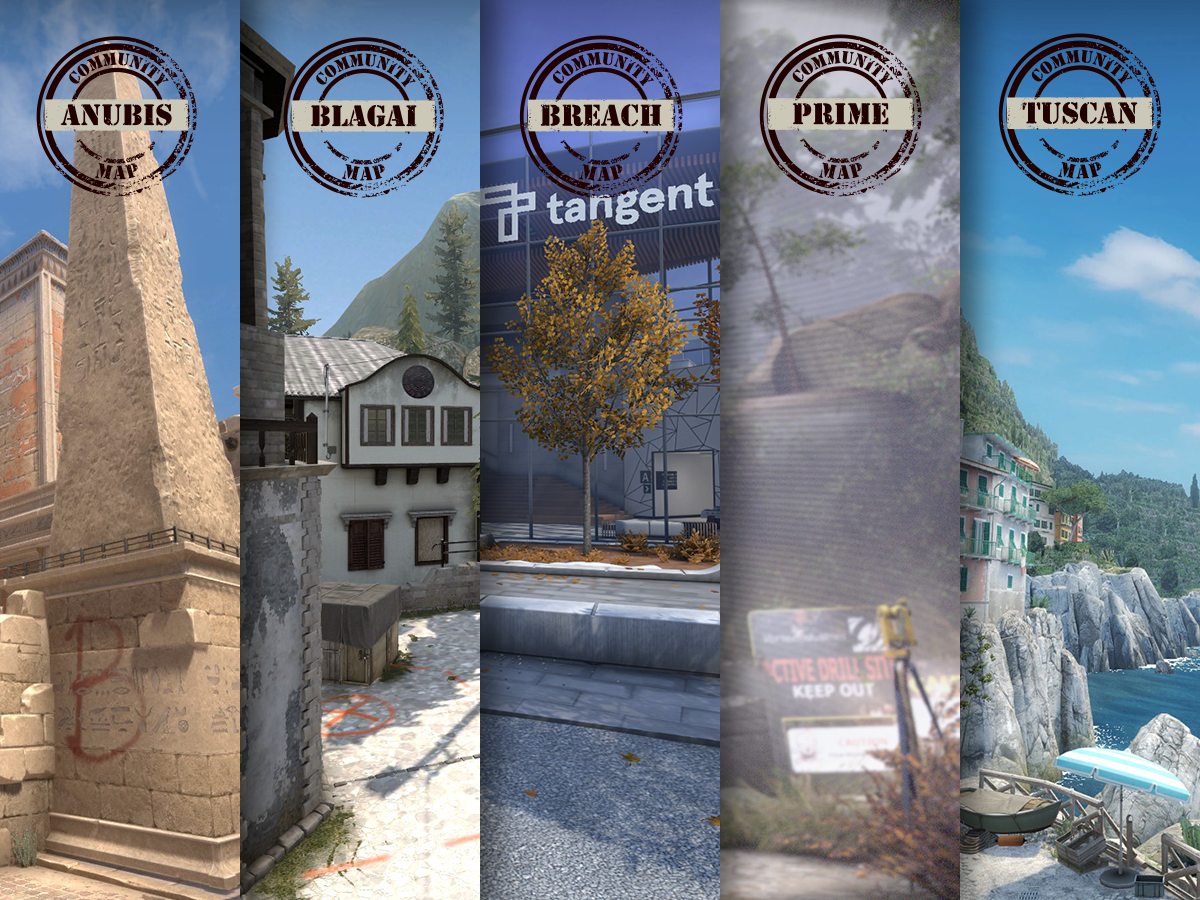Southeast Insights
Your go-to source for news and information from the vibrant heart of Shenyang.
From Dust to Dust: Exploring the Hidden Stories Behind CSGO Maps
Uncover the secrets of CSGO maps! Dive into hidden stories, lore, and design secrets that transform each battlefield. Discover more now!
The Architectural Inspirations Behind CSGO Maps: A Journey Through Design
The landscape of CS:GO maps is not merely a backdrop for tactical gameplay; it is a culmination of architectural inspirations drawn from real-world locations around the globe. Each map, whether it be Dust II with its iconic winding streets or Mirage reflecting the influence of Moroccan architecture, tells a unique story through its design. These virtual environments are carefully crafted to enhance player experience, offering pathways, hiding spots, and strategic points that challenge and engage. For instance, the choice of colors and materials often mimics real-life urban settings, providing an immersive experience that resonates with players on multiple levels.
Moreover, what sets CS:GO maps apart is the intricate detail put into their design, which showcases a blend of functionality and aesthetics. Elements such as lighting, geometry, and sound are meticulously arranged to mimic the ambiance of an actual location, which not only heightens the immersive feeling but also impacts gameplay dynamics. Developers often study architectural principles, such as space utilization and movement flow, to create maps that are not only visually appealing but also challenging in terms of strategy. By understanding architectural elements, players can exploit the environment to their advantage, transforming their gameplay experience into a tactical journey.

Counter-Strike is a highly popular team-based first-person shooter that has captivated gamers around the world. One of its maps, Vertigo, is known for its vertical gameplay and strategic positioning. For players looking to improve their gameplay, understanding vertigo callouts is essential for effective communication with teammates.
Uncovering the Lore: What Each CSGO Map Says About Its Setting
Counter-Strike: Global Offensive (CSGO) features a variety of maps, each carefully crafted to enhance player engagement and provide a unique tactical environment. For instance, the iconic map ‘Dust II’ is set in a Middle Eastern bazaar, with its dusty streets and tight corners that reflect the chaotic but strategic nature of urban warfare. Players not only need to master the layout but also understand the underlying lore, as the map's design hints at the conflicts and stories that have unfolded in similar settings. The attention to detail immerses players in a world where every corner turned can lead to a dramatic encounter or a tactical advantage.
On the other hand, ‘Cobblestone’ takes players to a medieval European castle, rich with history and architectural grandeur. Here, the lore ties back to its ancient origins, where strategic placements and stone structures convey a sense of timeless conflict. The aesthetics of this map also play a significant role in enhancing the gameplay experience, with its winding paths and elevated positions allowing for various strategies. Understanding the mythical and historical implications of these maps not only enriches the gaming experience but also provides insights into the meticulous design choices made by the developers.
How Community Feedback Shapes CSGO Maps: A Behind-the-Scenes Look
Community feedback plays a crucial role in shaping the maps of CSGO, ensuring that they meet the expectations and preferences of players. Map designers often release beta versions to gather insights, allowing gamers to provide immediate feedback on gameplay mechanics, layout, and aesthetics. This collaborative approach not only enhances the quality of the maps but also fosters a sense of ownership among players, as they feel their opinions are valued. By analyzing community reactions and suggestions, developers can make informed adjustments that ultimately lead to a more enjoyable gaming experience for everyone.
The feedback process encompasses various stages, typically starting with community polls and dedicated forums where players can voice their thoughts. Changes based on player input can range from minor tweaks to major overhauls that redefine how a map is played. For example, developers might adjust sightlines or alter bomb site placements to enhance balance and competitiveness. As maps evolve through continuous community engagement, they not only reflect the players' desires but also push the boundaries of what's possible in CSGO, leading to innovative designs that keep the gameplay fresh and exciting.